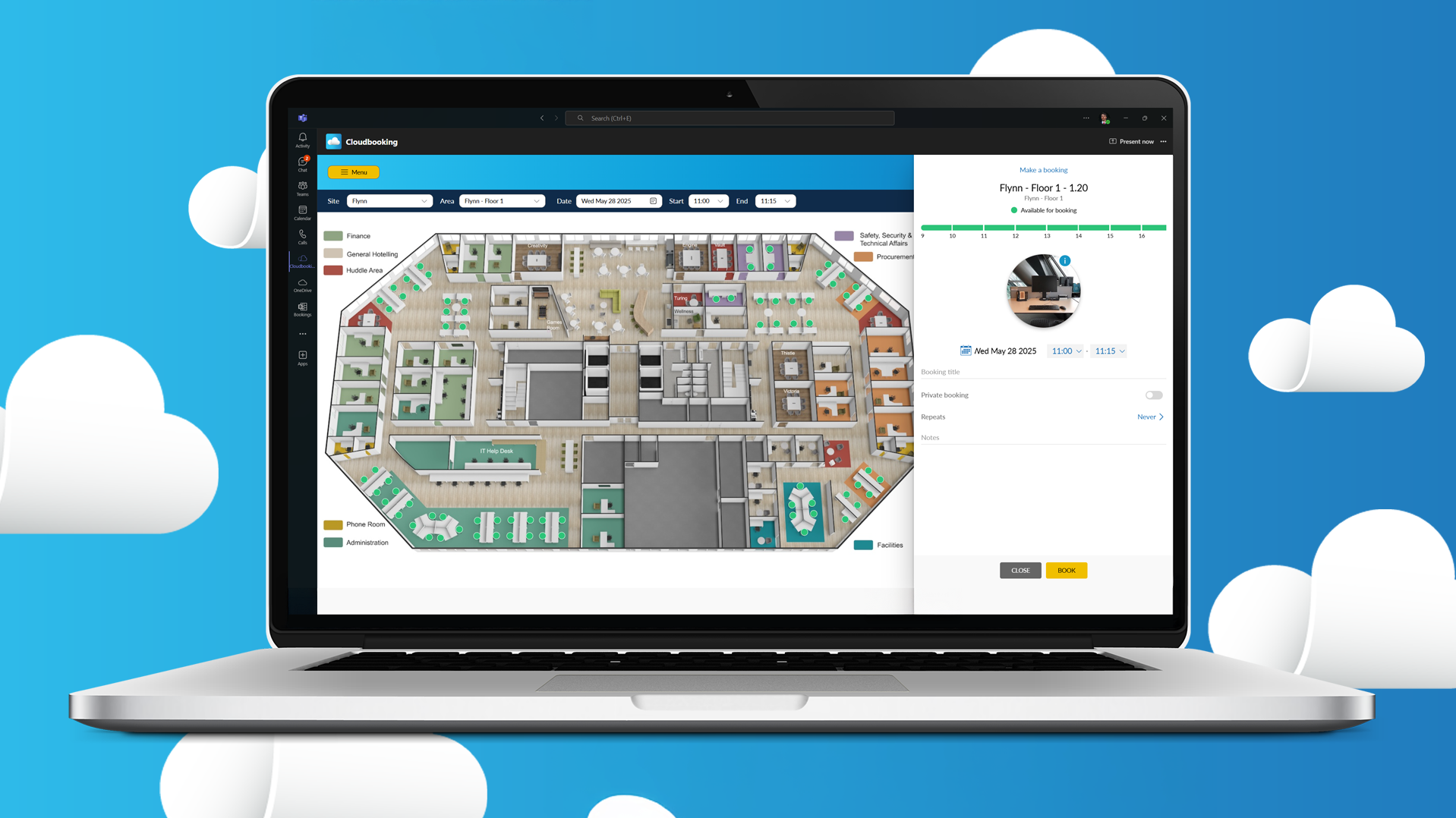
Over the last few years, organizations have begun to see employees as individuals. It has become understood that work needs to be flexible to get the best out of each employee. Although many find working from an office a welcome part of their routine, others, like the participants of this 2015 Stanford study, found their productivity increased by 13% when working from home. This has left organizations looking for a better solution that can cater to each individual’s preferences. The solution could be the hybrid model.
Work is no longer a place you go to, but the tasks you carry out. Even before 2020 and the chaos caused by the COVID-19 pandemic, there was a movement that was leading to the separation of workers and corporate real estate. Hybrid working operates by enabling employees to work from a variety of different locations, including working from home with working from the designated office which allows employees to be in control of where they work. Although a hybrid working policy may well be the way forward, successful implementation still provides a substantial hurdle. That is why Cloudbooking has put together our mini-guide and developed successful hybrid working solutions for businesses to follow.
Set clear policies and processes
Before you forge ahead with a hybrid working model, it is important to change or rewrite your policies and processes to allow your employees to smoothly transition into hybrid working. Here are the aspects you should take into consideration:
- Clear communications are essential for successful implementation
- Give employees a voice and show them how to contribute to a company-wide policy
- Clarify roles and responsibilities concerning hybrid working
- Focus on your approach to performance, absences, and disciplinaries. Many of these will require the most updating as you deploy your hybrid working model
- State how your hybrid working model will work for your people and the business
- How you intend to implement your hybrid working model and whether you need dedicated hybrid work software to help
Redesign your office space
First of all, the traditional office floor is going to need a redesign. The office will now be used as a center for collaboration rather than a space where employees come to work individually. This means that there will be less need for conventional rooms or desks, but rather more need for touchdown areas, collaboration spaces, and areas conducive to teamwork.
Hybrid working could be an effective cost-cutting plan since, with the number of day-to-day in-office workers reduced, there is scope to consider downsizing to a more suitable space. Although this move could have major benefits, it is worthwhile delaying this plan until the hybrid working model is running successfully. Data can be collected using QR Code technology to determine how many employees utilize the office space daily. This can be useful for determining the requirements for any future office spaces.
Support employees at home
One of the main stumbling blocks for employees who work from home is their inadequate DIY workspace. Setting up an effective home office space can be expensive, therefore companies need to support their employees either financially or with equipment. Many companies have offered their employees work-from-home allowances that help workers buy ergonomic equipment and essential technology.
Pay attention to mental health and wellbeing
Organizations looking to switch to the hybrid model should also provide more mental and physical wellbeing support. A survey by the Royal Society for Public Health (RSPH), saw 67% of respondents reveal that they felt more isolated from colleagues and that around a third of respondents (29%) believed that working from home was having a negative effect on their health and wellbeing. It is, therefore, a good idea to consider the following:
- Educate and support employees on how to manage work-life balance while working in a hybrid way
- Help managers to understand the potential well-being problems of hybrid working and provide training on how to tackle them
- Provide mental health support and information for all employees
- Ensure managers are vigilant of potential signs and symptoms of poor wellbeing or mental health.
Ensure security measures are upheld
Pay attention to data security. If your workers can work from anywhere, that means that information could be everywhere. It is vital that workers understand secure practices when it comes to handling secure information and that you have effective security systems in place to avoid any data breaches.
Prioritize company culture
Company culture is a decisive factor in determining the success of your hybrid model. Culture is important to both organizations and employees. Workers are looking increasingly for good company culture when applying for jobs — so much so that companies with “good” company cultures have a 72% higher employee engagement rating than companies with “not so good” cultures.
It is important to realize that people need a sense of community and belonging. Throughout the pandemic, there have been more team activities and virtual coffee breaks than ever before. If your implementation of hybrid working is to be successful, you should continue these efforts. After all, the workforce may be split geographically but that doesn’t mean that there can’t still be a togetherness.
Embrace technology
Technology is critical to the success of hybrid working implementation. There needs to be easy connectivity to enable employees to seamlessly work between their office and their home. With increased remote working, organizations will have to get up to speed with online communication tools, productivity apps, and monitoring software.
Cloudbooking’s workplace management systems can also play an essential part in the transition to hybrid working and the successful digitalization of the workplace. Desk booking software and meeting room booking tools allow employees to easily manage the office space and coordinate with other team members and departments. Our COVID-19 solutions have also helped ensure that the modern office is a safe place to work, even during the ongoing battle against COVID-19.
Be adaptable
One size does not fit all and for hybrid models to be successful, both employees and managers need to be agile in what blend of ‘hybrid’ is right for them. Hybrid working is still a relatively new way of working and therefore the initial stages of the implementation are always likely to come with teething problems. However, through empowering employees, offering flexibility, and tracking performance, you can continue to optimize your policies and processes, while building a future-proof model.
The hybrid model appears to be the future and by getting a head start, it is possible to generate a competitive advantage that can set you apart from the competition.
Find out how hybrid work software can future-proof your workplace. Join the workspace revolution by contacting Cloudbooking today to receive a free demo of our system.


